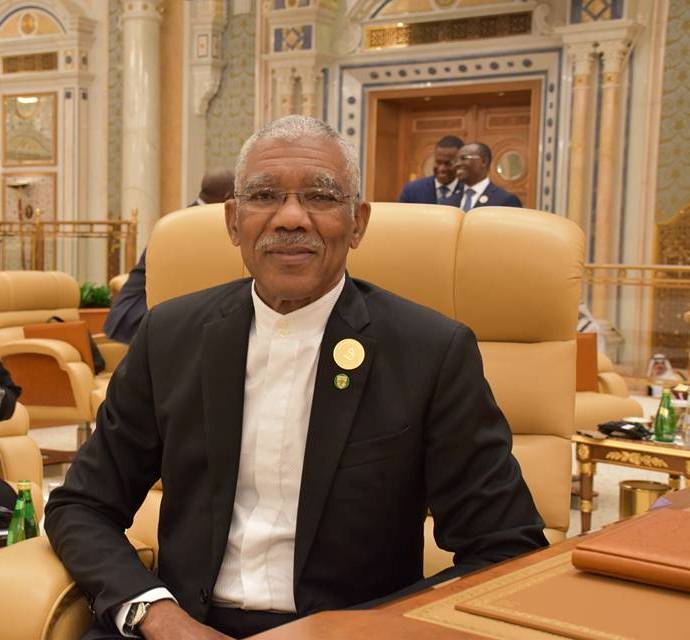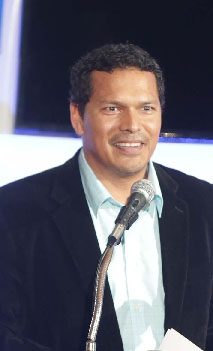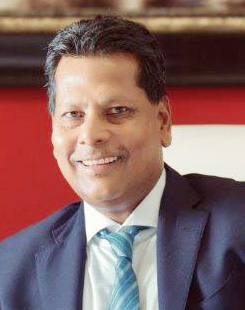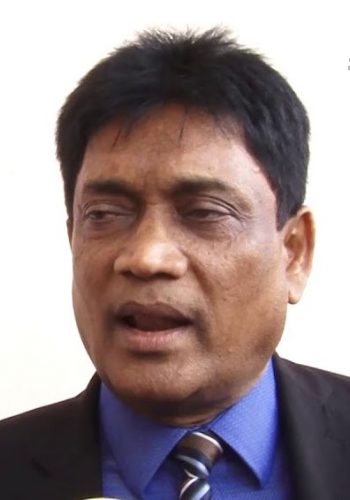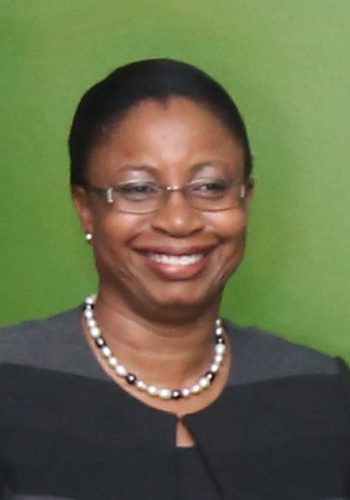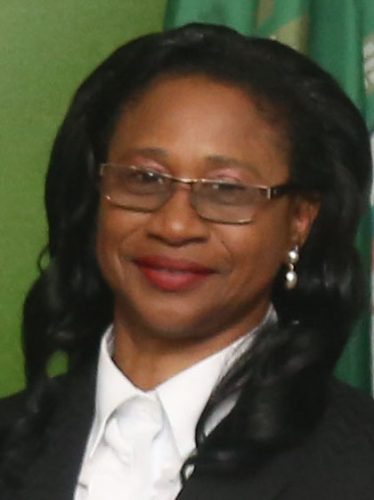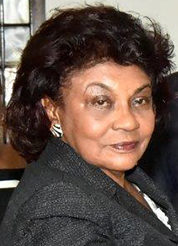The image of the bewildered expressions on the faces of the coalition administration’s members of the National Assembly immediately after one of their number had voted with the other side of the House on the Friday December 21, 2018 no confidence motion, without doubt, warrants a place in the gallery of visual images of historic moments in Guyana’s contemporary political history. The trek to an eventual determination that the events in the House that Friday evening meant that Guyana would have to go to the polls again, ahead of the end of the incumbent administration’s term in office, however, took a good deal longer. More significantly, the intervening period has been strewn with political drama. Once the shock of the outcome of the vote in the House had receded, the government sought to focus its energies on a protracted legal battle to have the decision overturned. It begun in the same National Assembly where the earlier vote had been taken, worked its way through the local courts and eventually landed in the lap of the Caribbean Court of Justice.
The CCJ’s decision was that the APNU/AFC administration was indeed the victim of a truncated term of office and that new elections would have to be held. Two other related events are worth mentioning – the removal and replacement of a sitting Chairman of the Elections Commission and the Chief Justice’s ruling which determined that Members of Parliament enjoying dual citizenship should not sit in the National Assembly. That meant the replacement of three Ministers of Government – Minister of State, Joseph Harmon; Minister of Foreign Affairs, Carl Greenidge; and Minister of Business, Dominic Gaskin – from the government’s benches in Parliament.
That we appear, finally, to be on our way to the polls, was signalled by the emergence, towards the end of October, of a few brand new political parties. There is a predictable repetitiveness to such ‘one-day wonders’, their leaders assured of not a great deal beyond their fleeting moments of public attention.
Close to the end of October we found ourselves awaiting the outcome of the deliberations regarding the future of the Cummingsburg Accord, the glue that holds the APNU/AFC coalition together. It transpires that there are issues to be settled between the two, not least who President Granger’s running mate will be, ahead of March 2.
We would have wished to report that the socio-political cross-fertilisation that has occurred over the years might have, by now, slayed the ghost of race-based voting. That we cannot do. The requisite lines remain distressingly well-defined. For all the progress that we appear to have made in bridging the ethnic divide, notably at the level of the younger generation, elections fever continues to be attended by a throwing up of the ramparts, never mind the fact that, by and large our political leaders persist in rhetoric that seeks to push us in the direction of convenient denial.
The political developments that have attended the no-confidence vote have been accompanied by other important social and economic events that warrant mention here. One must mention the march towards ‘first oil’, a circumstance that is more than likely to arise during the intensified period of elections campaigning. Oil and gas portend a major shift in our economic fortunes in the years ahead. That reality renders the ‘who governs’ issue significantly more important than it customarily would be. The major players at the table are under no illusions about that.
Worth mentioning, as well, is the significant shift in the balance of power between state-owned and privately-owned media houses. Technology and a surfeit of new media houses have meant that the state has lost the leverage it once held in terms of media ownership and control. On the whole, however, the issue of media freedom remains, to a large extent, a convenient contrivance conjured up as and when the political circumstances dictate.
A month and more before the no-confidence vote, the nation had already drifted into a contemplative mood arising out of the news that President Granger had been diagnosed with Non-Hodgkin Lymphoma, a form of cancer. Over time, the sustained prognosis for his full recovery arising out of the assurances of his Cuban doctors eventually rolled back widespread speculation as to whether he would be up to running for a second term in office. As it happens, current reports on the President’s health have been increasingly reassuring. Politically, the available evidence suggests that he has the backing of the PNC/R to run for office a second time.
The situation with the PPP/C is somewhat different. Constitutional constraints preclude Bharrat Jagdeo from claiming the PPP’s presidential nomination for the March 2, 2020 general elections. His unmistakable and seemingly singular domination of the leadership space within the PPP, however, suggests that he has far from given up on another tilt at high office, ‘down the road’. It is Mr. Jagdeo who has been leading the PPP’s political charge in the wake of the no-confidence vote in the National Assembly. In the immediate term, however, the PPP’s presidential pick is former Housing Minister Irfaan Ally. No stranger to political and personal controversy, it remains to be seen whether Mr. Ally can be ‘sold’ to the nation as the country’s possible next President.
The eventual announcement in Septem-ber that polling day will be Monday March 2, 2019 has had the effect of removing the ‘edge’ from the political temperature which was beginning to rise against the backdrop of a string of protests by the PPP, the most high-profile one occurring on Thursday September 19 during President Granger’s address at an event hosted by the Guyana Manufactur-ers & Services Association. (GMSA). Beyond the media attention and the animation of the protestors, however, the protest passed without major incident. The days to March 2 are, however, rolling by quickly and there is little doubt that as the campaigning intensifies the political temperature will rise again.
